Talk Overview
Murray begins his talk by explaining why he studies sex in yeast not humans. He describes the yeast life cycle including the decision to bud in the absence of a mate, or to shmoo and mate in the presence of yeast of the correct mating type. In either case, the cells must switch from uniform to non-uniform or polarized growth. Mating cells must also recognize a chemical signal and move towards a target cell. Murray explains the molecular details known to underlie the response to the chemical signal. In Part 2, Murray describes experiments done in his lab to learn more about mating in yeast. These experiments provide an example of how models are proposed, how experiments are designed to discriminate between the models and how further experiments may be needed to address questions raised by the models.
Speaker Bio
Andrew Murray
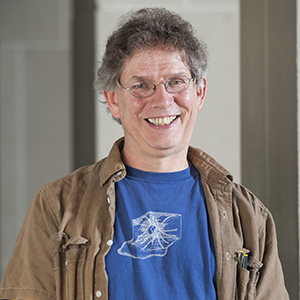
Andrew Murray received his undergraduate education at Clare College, Cambridge and his Ph.D. from Harvard Medical School. He then spent 15 years at the University of California, San Francisco as a post-doctoral fellow and faculty member before returning to Harvard. Currently, Murray is a Professor of Molecular and Cellular Biology and co-director of the… Continue Reading
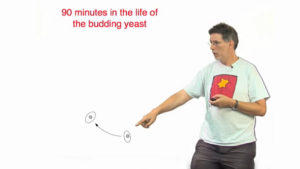
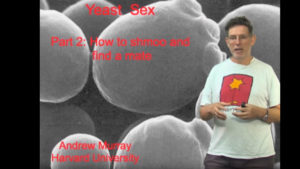
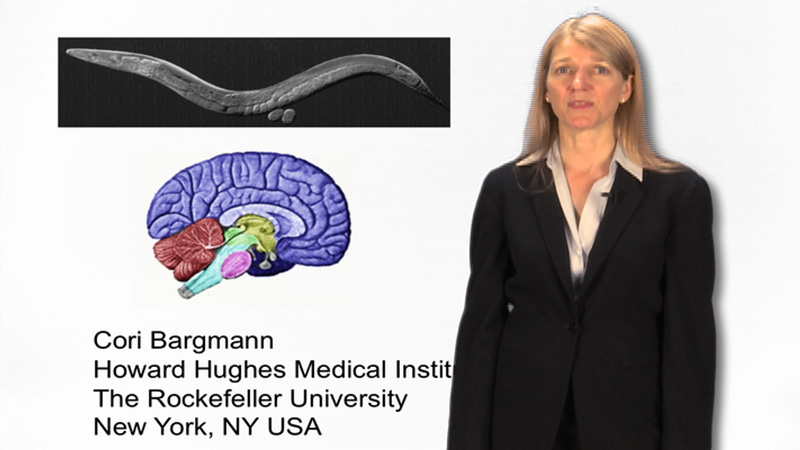
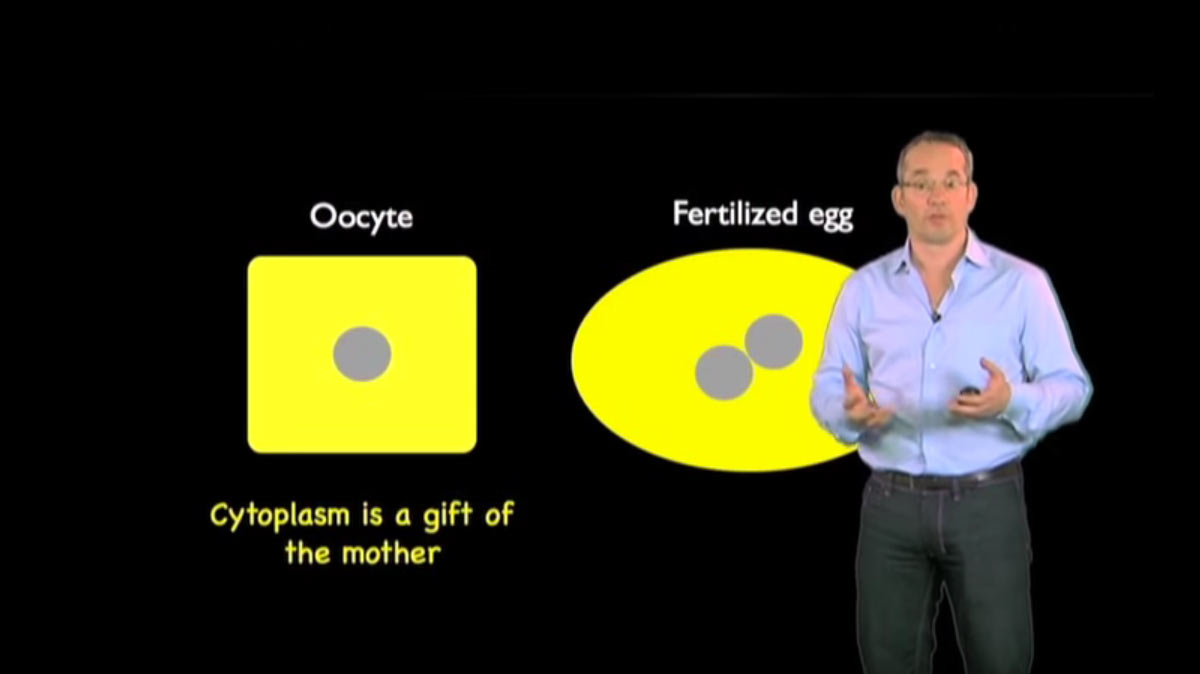
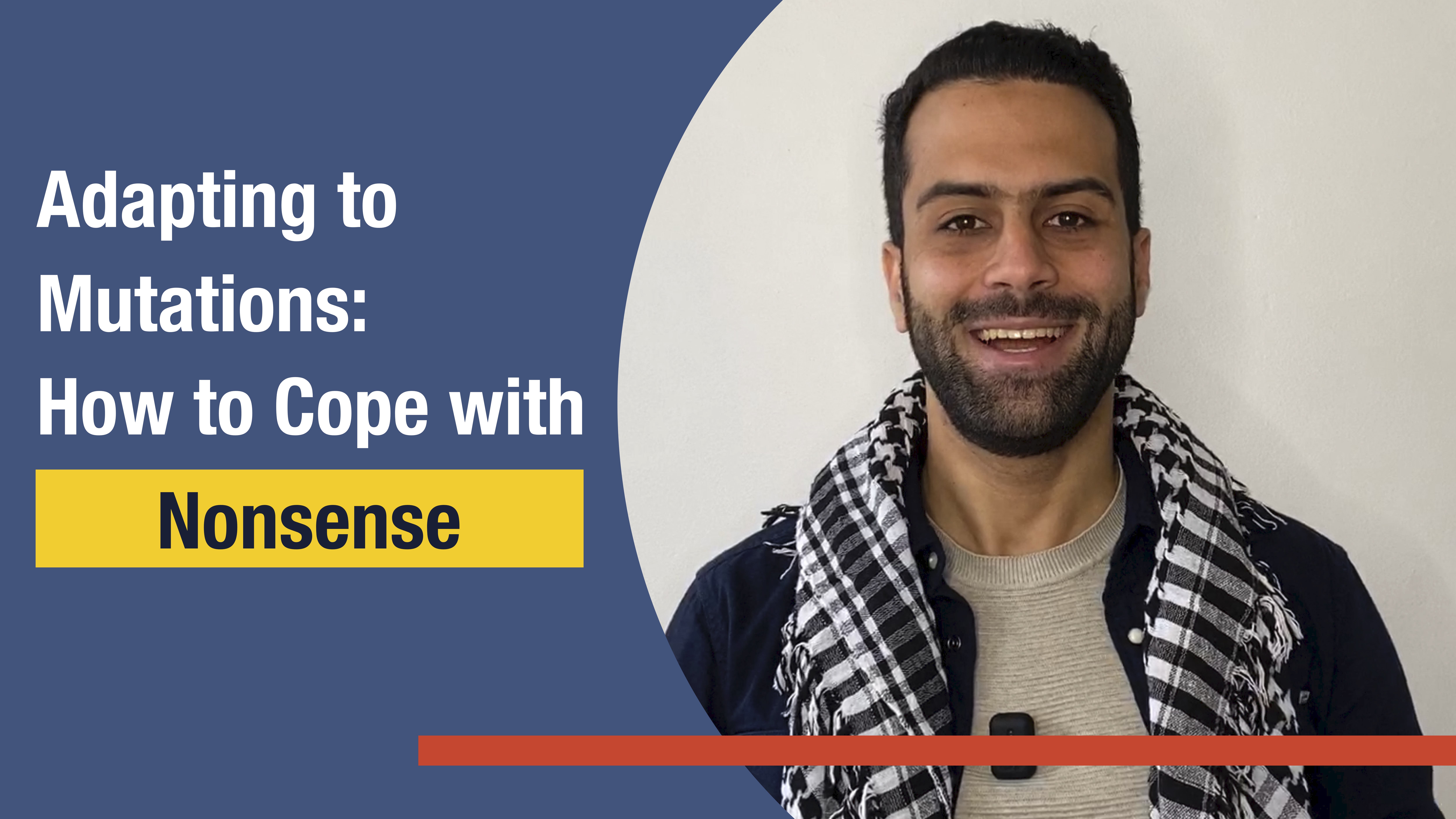
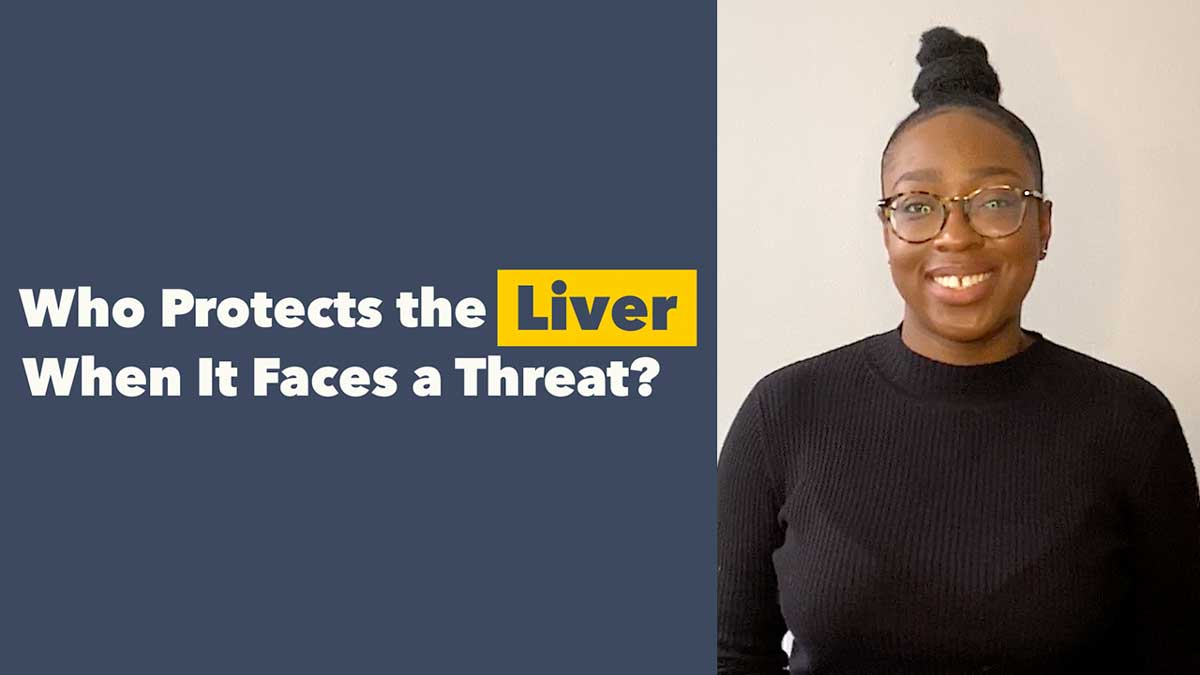





Leave a Reply